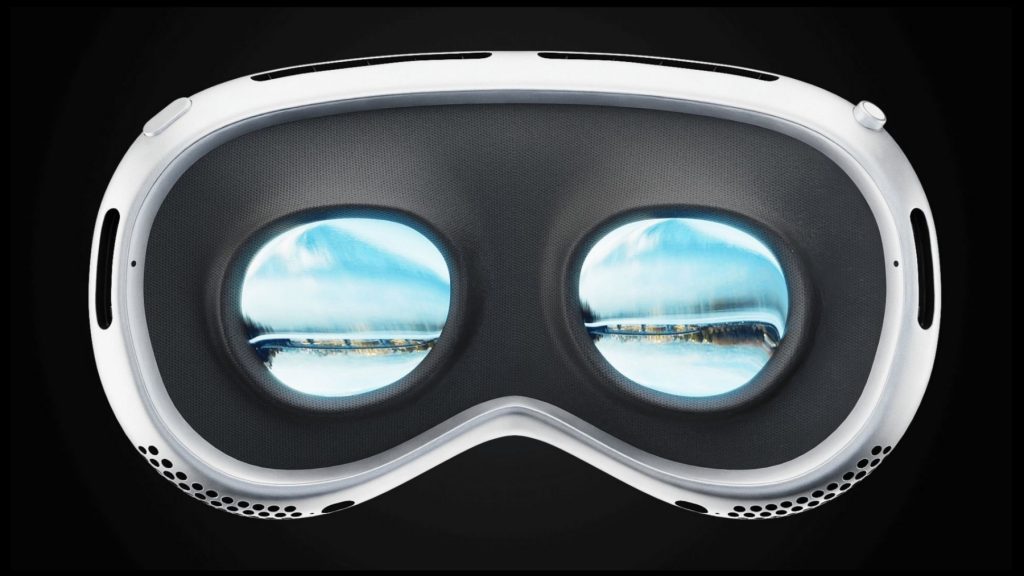 Apple Vision Pro. Reality Detachment and Psychological Concerns
Apple Vision Pro. Reality Detachment and Psychological Concerns A Stanford study made an investigation about the effects of the extended use of head-mounted displays (HMDS) like the Apple Vision Pro, their long-term health effects, simulator sickness and visual discomfort.
It’s not just specific to Apple Vision Pro, but to various VR devices; the discomfort issues after prolonged VR use and psychological side effects.
How? After the following.
“The 11 authors on this paper each spent a number of hours wearing these headsets in public and in private, with the goal of documenting experiences in passthrough to then organize and review previous research that will help research scholars, industry leaders, and other organizations better understand psychological consequences over time,” said the Virtual Human Interaction Lab.
VR headsets create a 3D world around the user, seamlessly integrating the real world into the visual one, simulating every sensory aspect of the user, forming sights to sounds and even sometimes touch or smell. Not only this, but it can also actually take the user to fantastical worlds, historical landmarks and even to the surface of the Moon. This interaction that the headsets enable makes the user live in the real world virtually to the extreme, trying to make out of the virtual world a real one, deleting privacy, social etiquette, and human interaction.
Life-Ache Experience
The detachment from reality in the pretext of the progression and development of technology results in killing, rather than creating benefits. For instance, users may virtually consume their meals instead of real food, rendering them full through ingesting air! Whether one believes it or not, this represents the new virtual reality kind of future scenario. It involves a kind of psychological manipulation of the users’ bodies, creating a sense of fullness that doesn’t align with the reality. It is a life-ache kind of experience.
“Socially, we’re not used to it,” said David Lindlbauer, a professor who leads the Augmented Perception Lab at Carnegie Mellon University. “And I don’t think we even know if we ever want to get used to this asymmetry in a communication where I can see that I’m me, aware of the device, can see your face, can see all your mimics, all your gestures, and you only see a fraction of it.”
Inside Telecom provides you with an extensive list of content covering all aspects of the tech industry. Keep an eye on our Tech sections to stay informed and up-to-date with our daily articles.